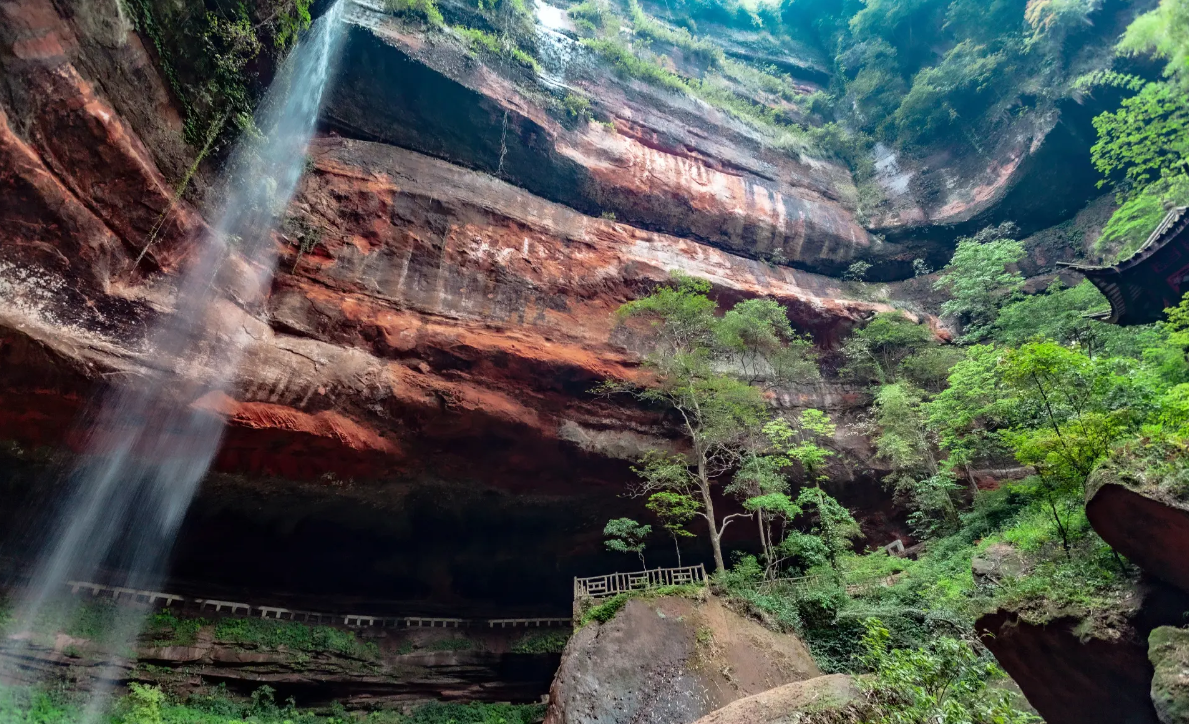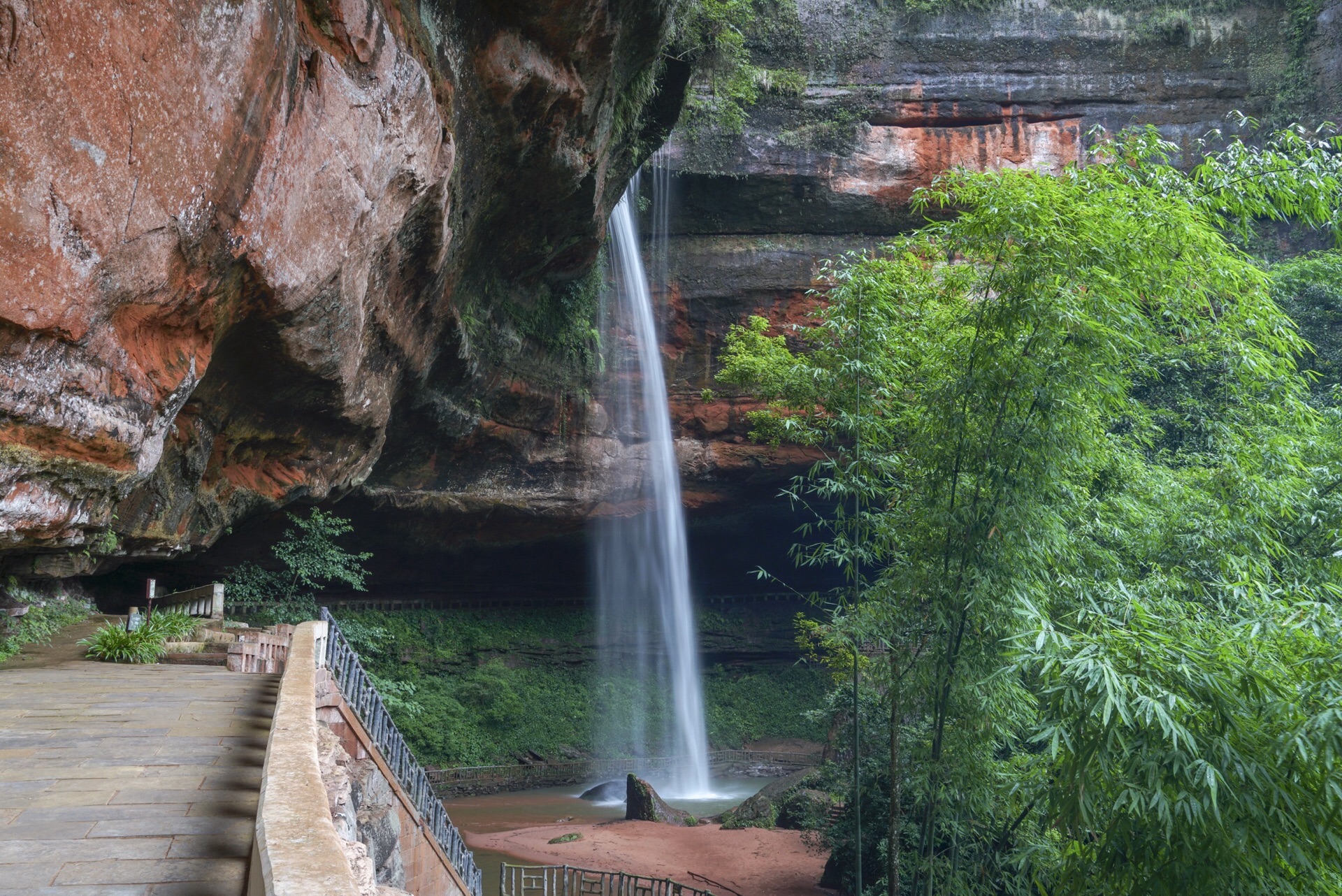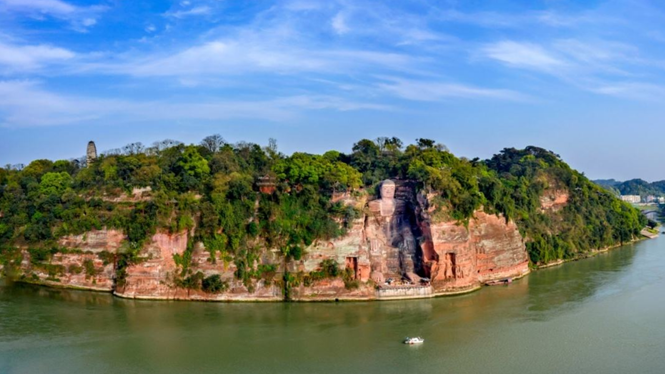Leshan, historically known as Jiazhou, is located in the southern part of Sichuan Province, approximately 162 kilometers from Chengdu. Situated at the confluence of the Min, Dadu, and Qingyi Rivers, Leshan is renowned for its picturesque landscapes and numerous historical sites. The Leshan Giant Buddha, the world’s largest stone-carved sitting Maitreya Buddha statue, stands at an impressive height of 71 meters and attracts countless visitors. Leshan is not only rich in natural beauty, such as Mount Emei, but also boasts a profound cultural heritage. The famous Song Dynasty literary figures, the “Three Su” (Su Xun, Su Shi, and Su Zhe), were all natives of Leshan. In recent years, Leshan has been actively promoting ecological civilization, making it a prime destination for both ecological and cultural tourism.
1. Leshan Giant Buddha
The Leshan Giant Buddha, also known as Lingyun Giant Buddha, is the world’s largest stone-carved sitting Buddha statue. Located at the confluence of the Minjiang, Dadu, and Qingyi rivers, this 71-meter tall statue was carved during the Tang Dynasty (713 AD) to calm the turbulent waters. It is a UNESCO World Heritage Site and a marvel of ancient engineering.
Features: The Buddha’s serene expression and massive scale are awe-inspiring. The site also includes Lingyun Temple, the Nine Bends Plank Road, and the Giant Sleeping Buddha formed by the surrounding mountains.
Travel Tips:
- Best visited in the early morning to avoid crowds.
- Wear comfortable shoes for climbing.
- Boat tours offer a unique perspective of the Buddha.
Transportation: From Chengdu, take a high-speed train to Leshan Station, then a local bus or taxi to the Buddha site.
Questions about Leshan Giant Buddha
Q: Why was the Leshan Buddha statue built, and what problem did it address?
A: The statue was built to address the dangerous whirlpools created by the merging of three rivers, which had caused numerous human deaths. It was intended to make the waters safer for travelers.
Q: How long did it take to complete the Leshan Buddha statue, and who was involved in its construction?
A: The construction of the Leshan Buddha statue took 90 years, beginning in the 8th century. It was initiated by a high monk who died before completion, and two of his disciples continued the project by dumping tons of stone into the river.
Q: What does the Leshan Buddha statue represent in terms of the Tang Dynasty’s characteristics?
A: The Leshan Buddha statue conveys the advanced society, flourishing economy, and dignified characteristics of the Tang Dynasty, reflecting the prosperity and cultural achievements of that era.
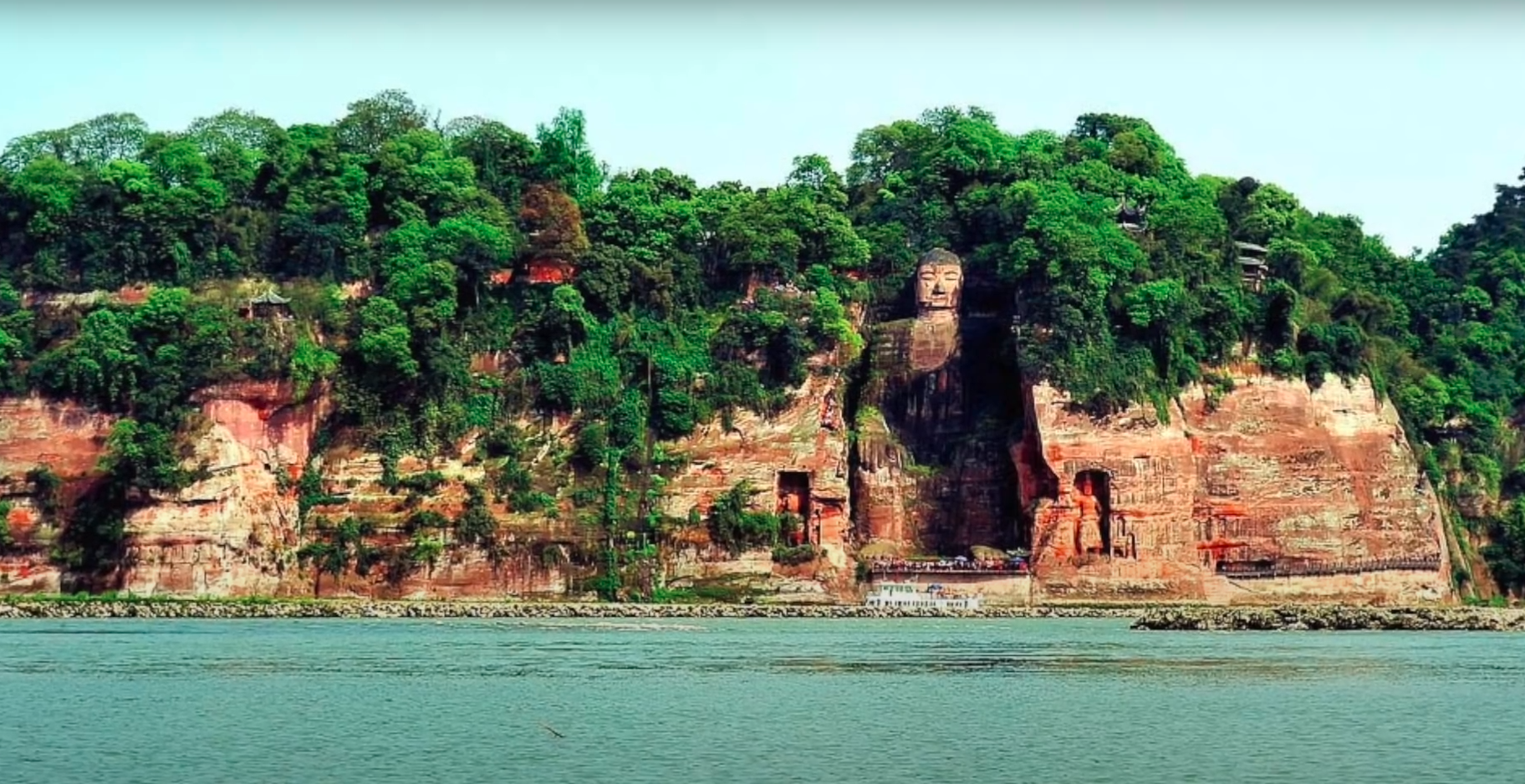
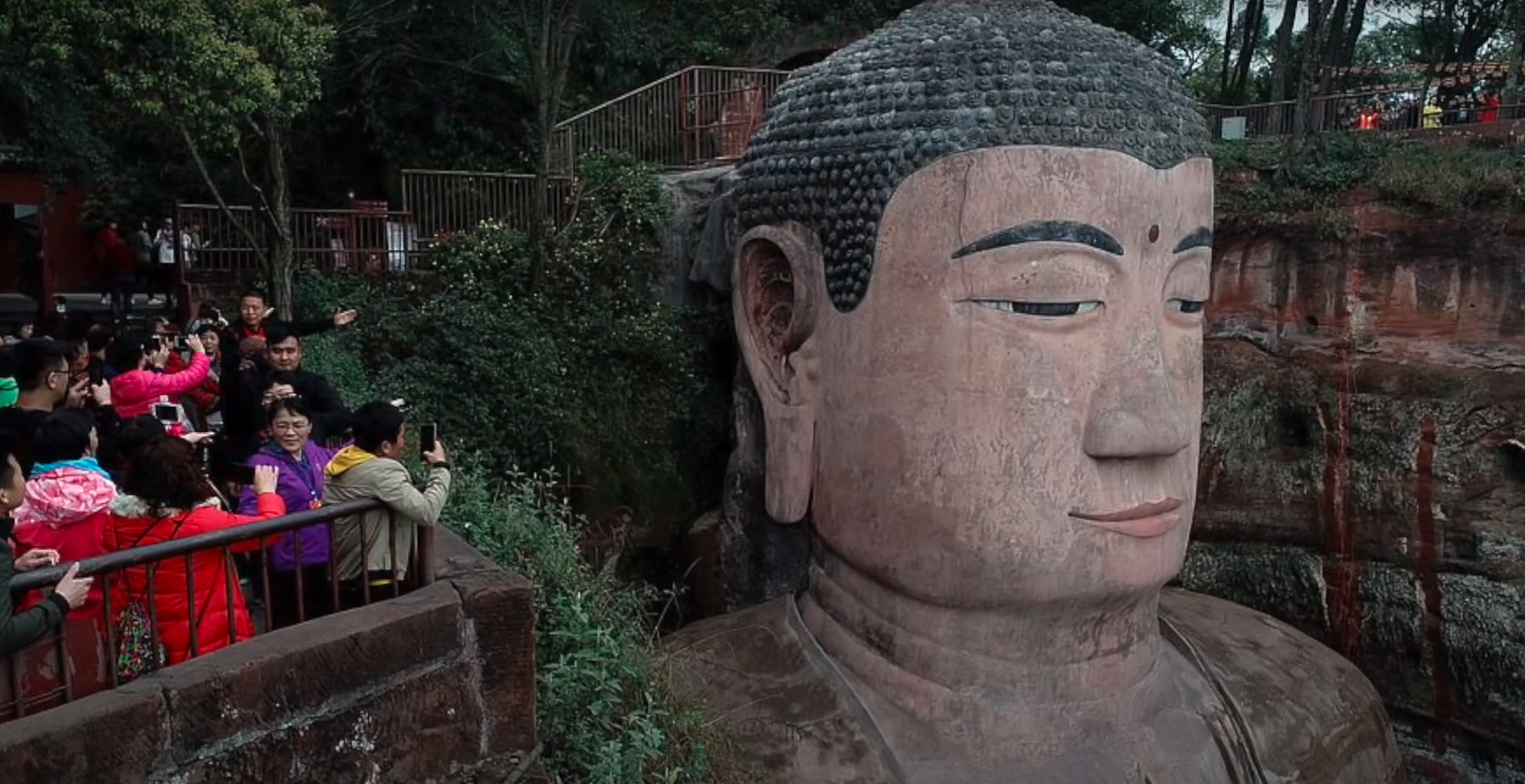
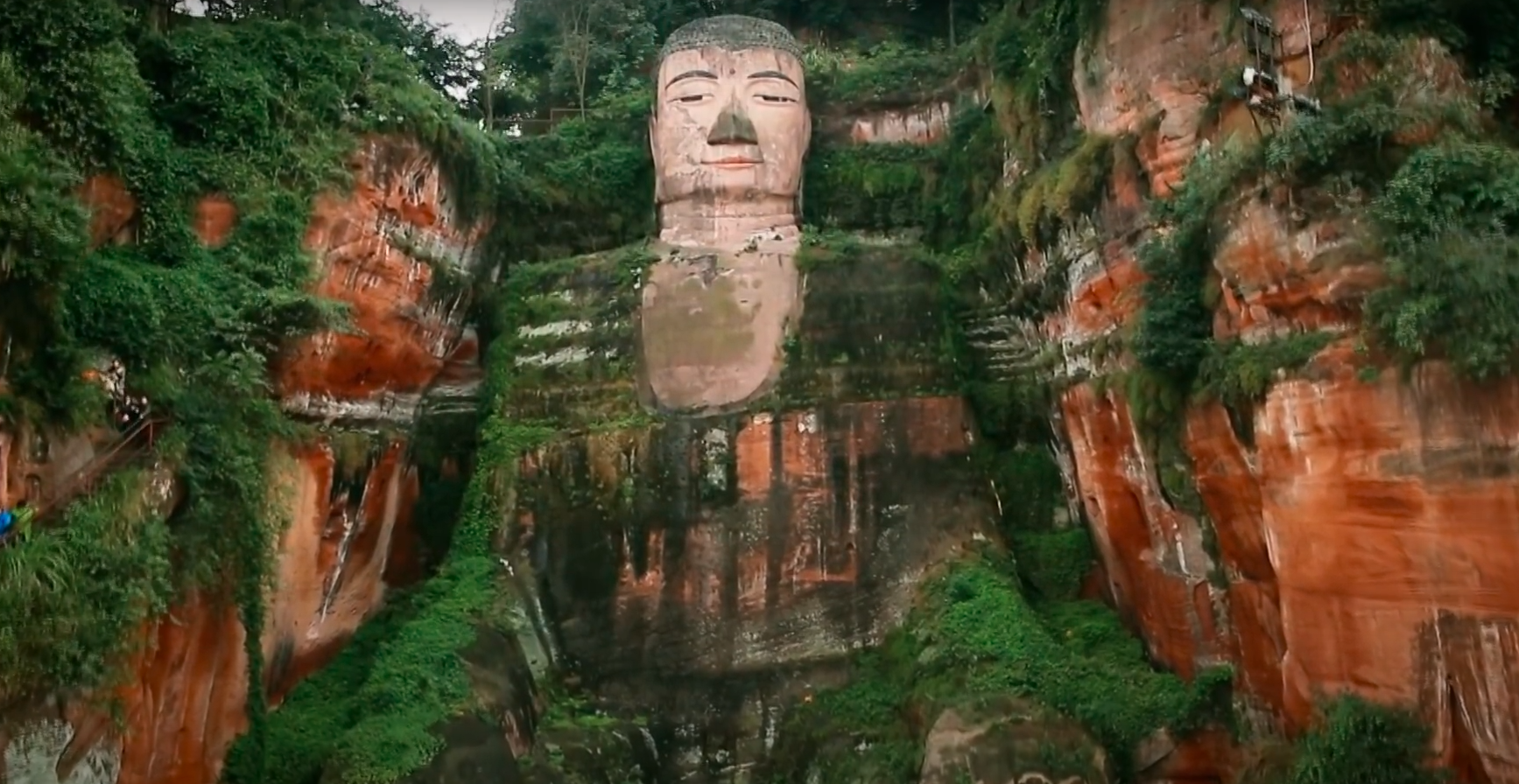
2. Mount Emei
Mount Emei, located in China’s Sichuan Basin, is a significant mountain with peaks like Da Emei, Er Emei, San Emei, and Si Emei. It has a rich geological history and cultural heritage, with Buddhism, Taoism, martial arts, and tea culture flourishing in the area. Mount Emei was designated as a UNESCO World Heritage Site in 1996.
Mount Emei is one of China’s Four Sacred Buddhist Mountains, renowned for its stunning natural beauty and profound cultural significance. The mountain’s highest peak, Wanfo Summit, reaches 3,099 meters.
Features: The mountain is dotted with ancient temples, including Baoguo Temple and Wannian Temple. The Golden Summit offers breathtaking views, especially at sunrise and sunset. The diverse flora and fauna add to its charm.
Travel Tips:
- Allocate at least two days to explore.
- Be prepared for varying weather conditions.
- Cable cars are available for those who prefer not to hike.
Transportation: From Chengdu, take a high-speed train to Emeishan Station, then a bus or taxi to the mountain base.
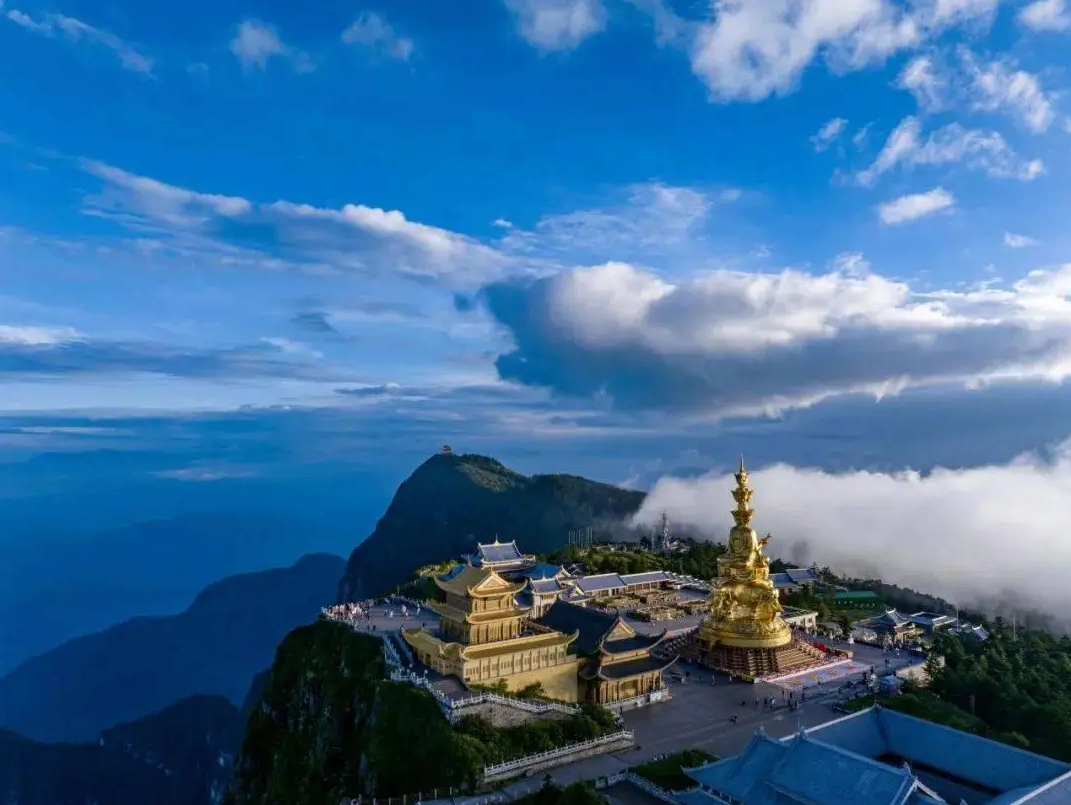
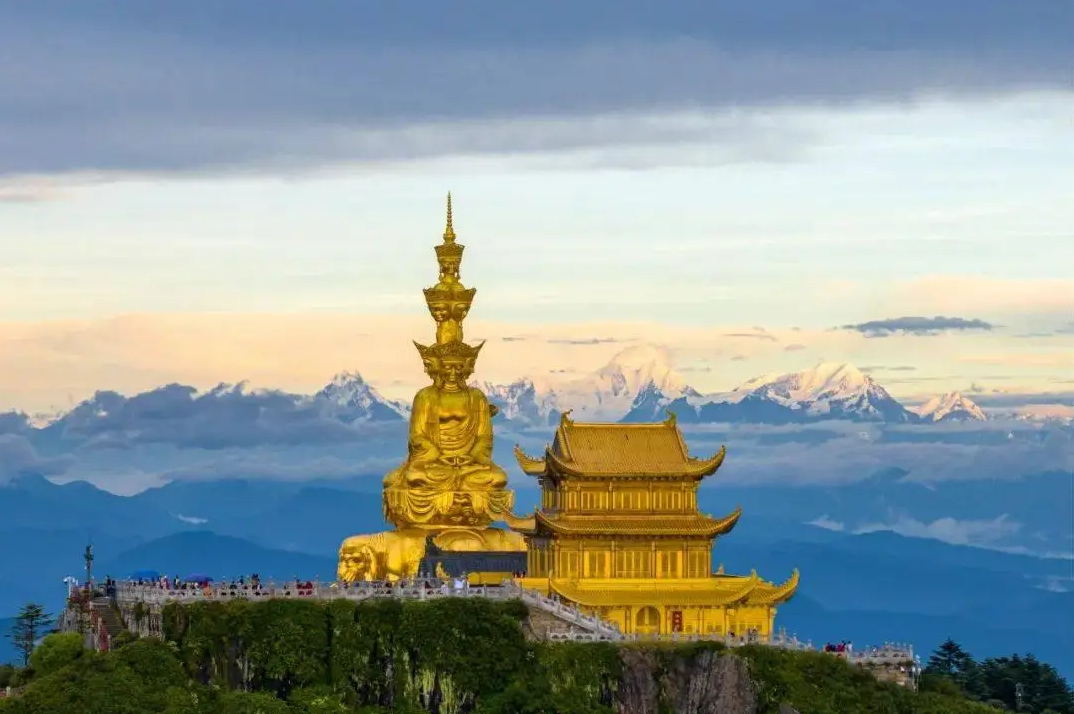
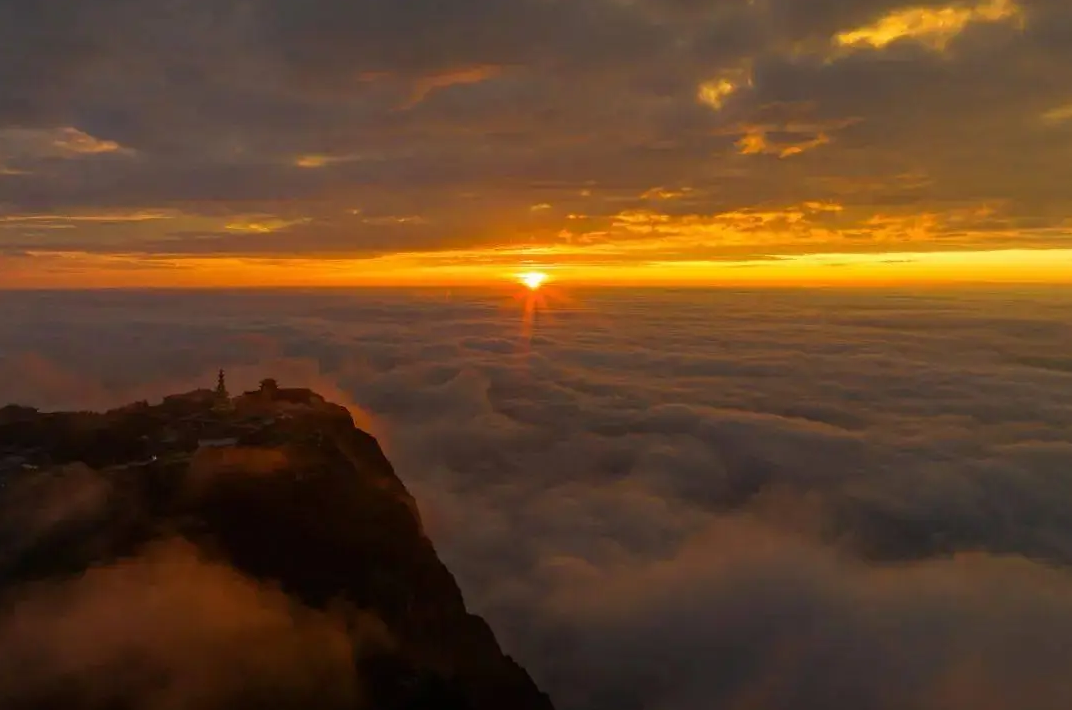
3. Jiajiang Thousand-Buddha Cliff
The Jiajiang Thousand-Buddha Cliff features over 2,400 stone carvings of Buddha figures, dating back to the Tang and Song Dynasties. These carvings are etched into the cliffs along the Qingyi River, showcasing exquisite craftsmanship.
Features: The site is a testament to ancient Buddhist art and devotion. The intricate carvings depict various Buddhas, Bodhisattvas, and mythical creatures.
Travel Tips:
- Visit during daylight for the best visibility of carvings.
- Guided tours provide historical context.
- Wear comfortable walking shoes.
Transportation: From Leshan city, take a bus or taxi to Jiajiang County, then follow signs to the Thousand-Buddha Cliff.
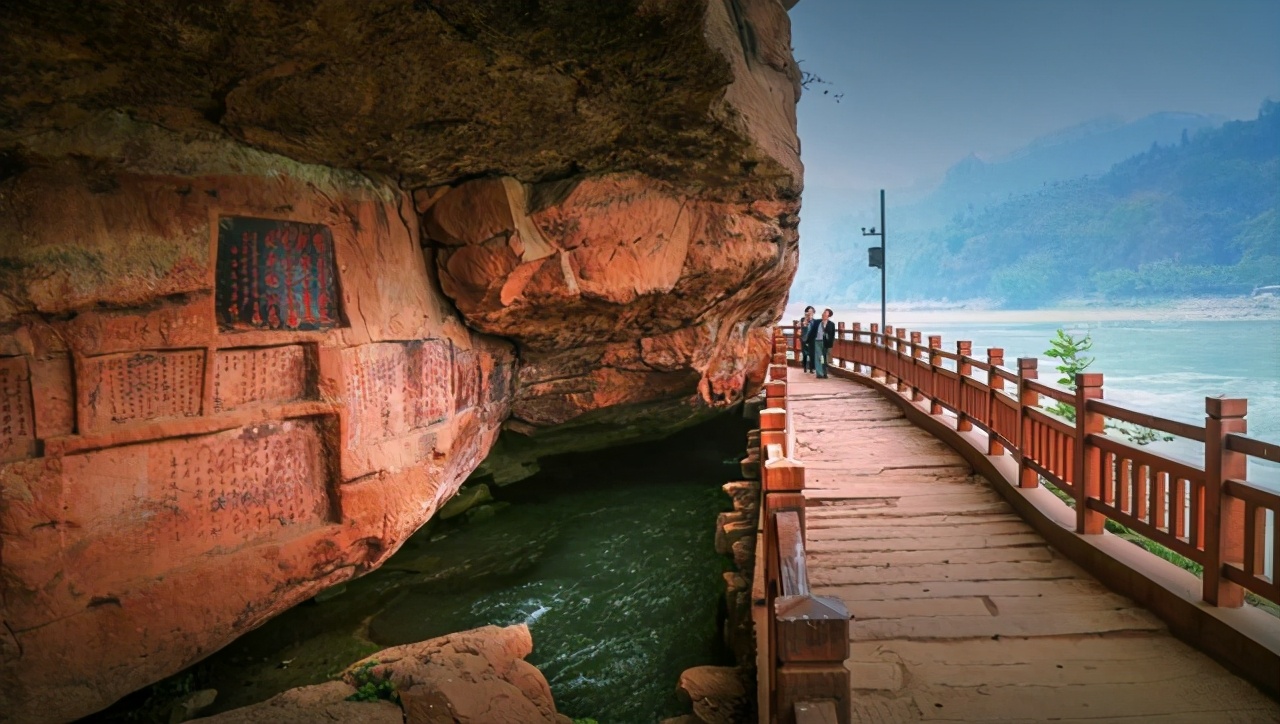
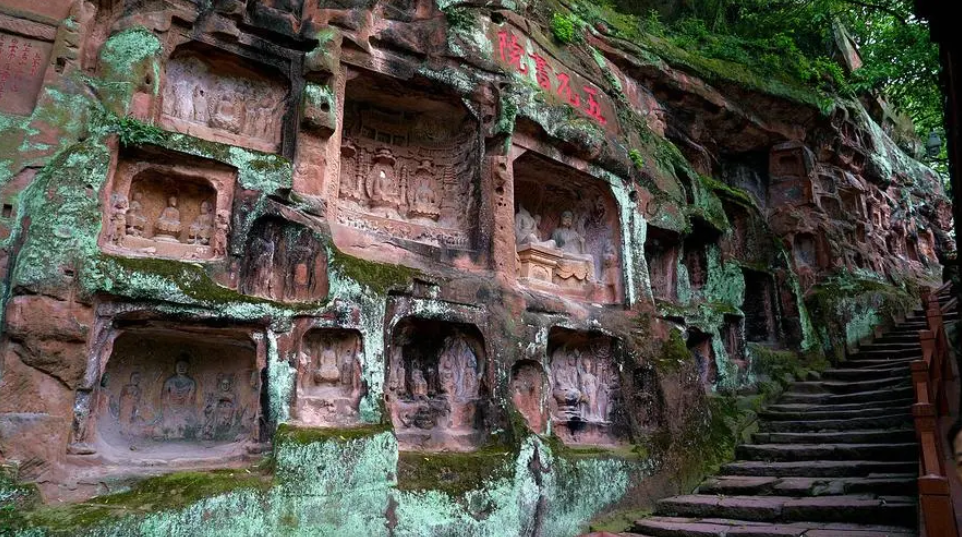
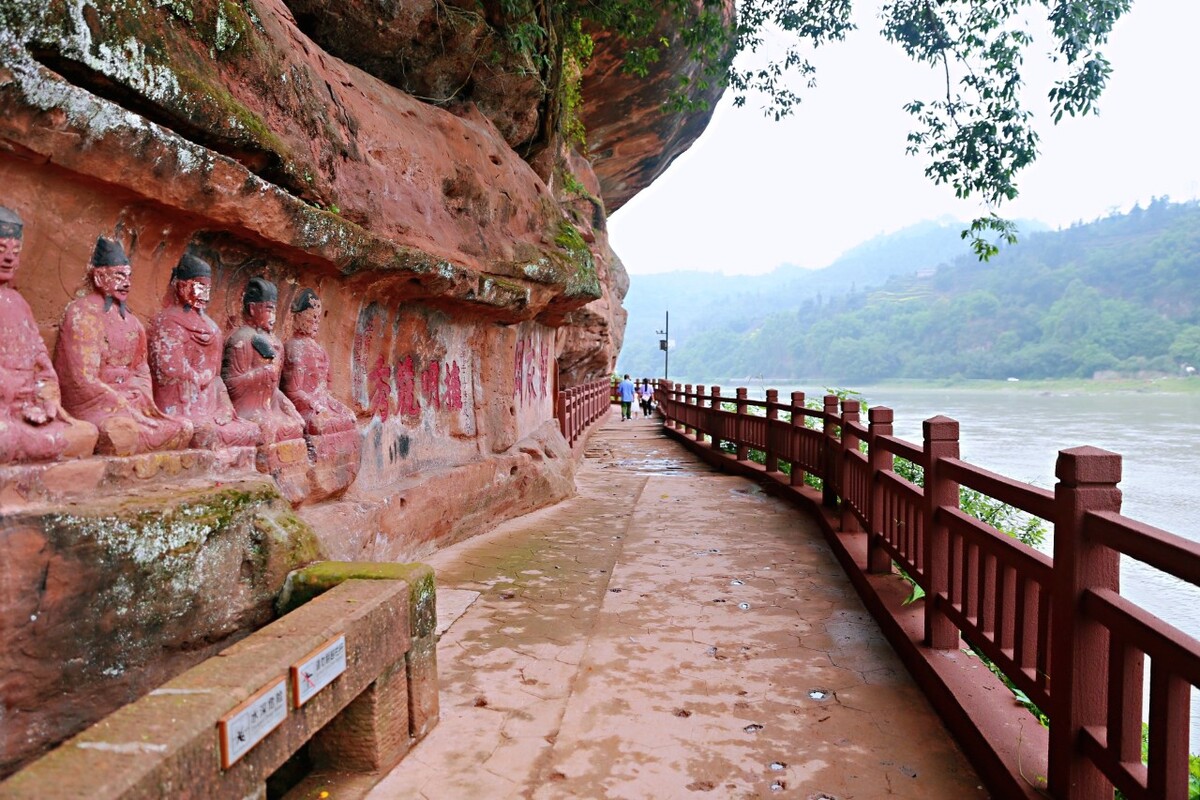
4. Wuyou Temple
Wuyou Temple is located on Wuyou Mountain in Leshan, Sichuan Province, China. It was originally named Zhengjue Temple and was built during the Tang Dynasty. The temple features many halls and pavilions, including the Erla Terrace and the Lohan Hall. The temple is known for its beautiful scenery and historical significance. The main attraction is the Wuyou Buddha statue, also known as the Mianran Great Master statue, which is a bronze statue of a Buddhist deity.
This ancient temple, surrounded by lush greenery, offers a peaceful retreat with stunning views of the surrounding rivers and mountains.
Features: The temple complex includes several halls, pagodas, and a bridge connecting it to the Giant Buddha site. The serene environment and historical architecture make it a must-visit.
Travel Tips:
- Combine your visit with the Leshan Giant Buddha.
- Early morning visits are quieter.
- Respect temple customs and dress modestly.
Transportation: Accessible by foot from the Leshan Giant Buddha site or by local bus from Leshan city.
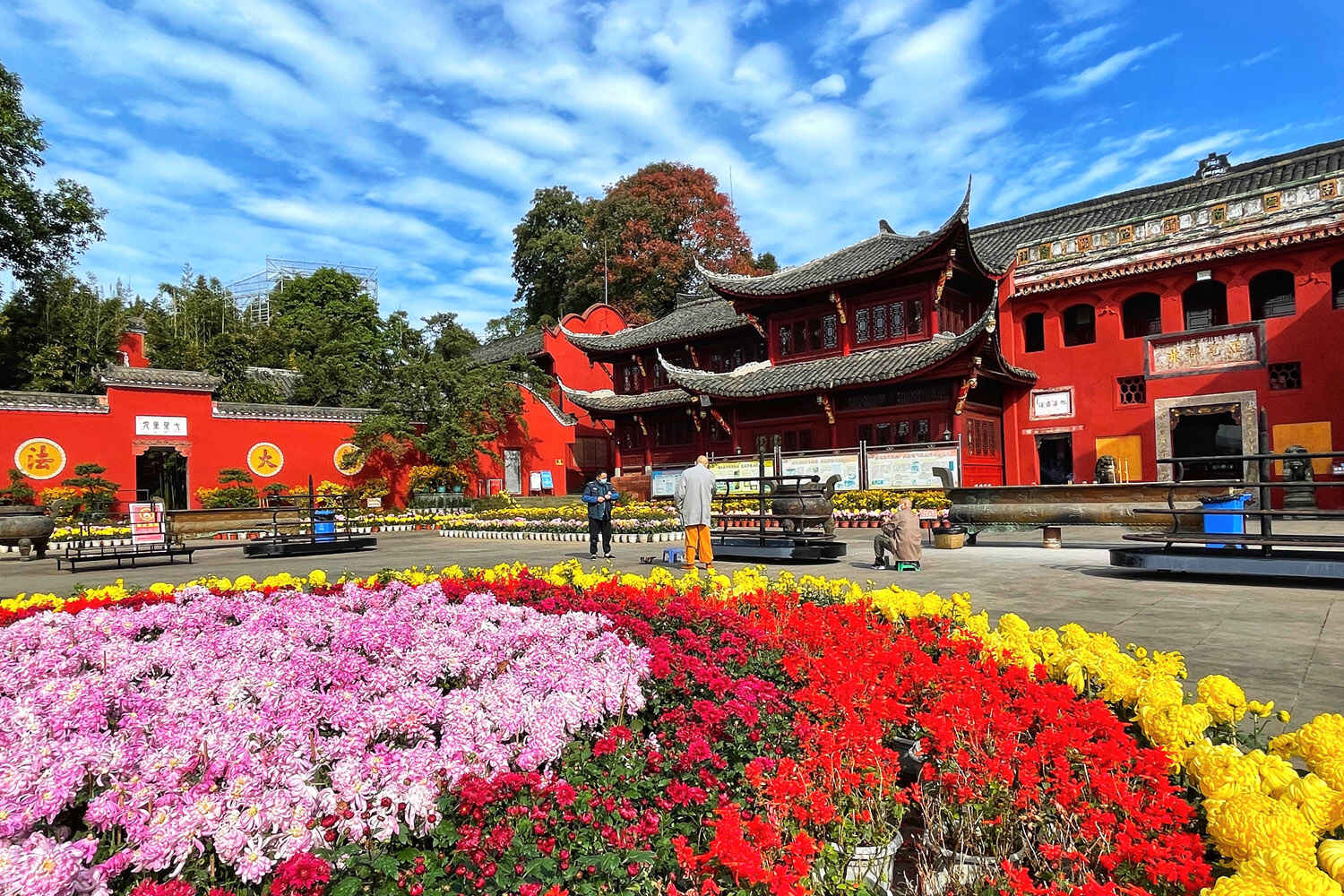
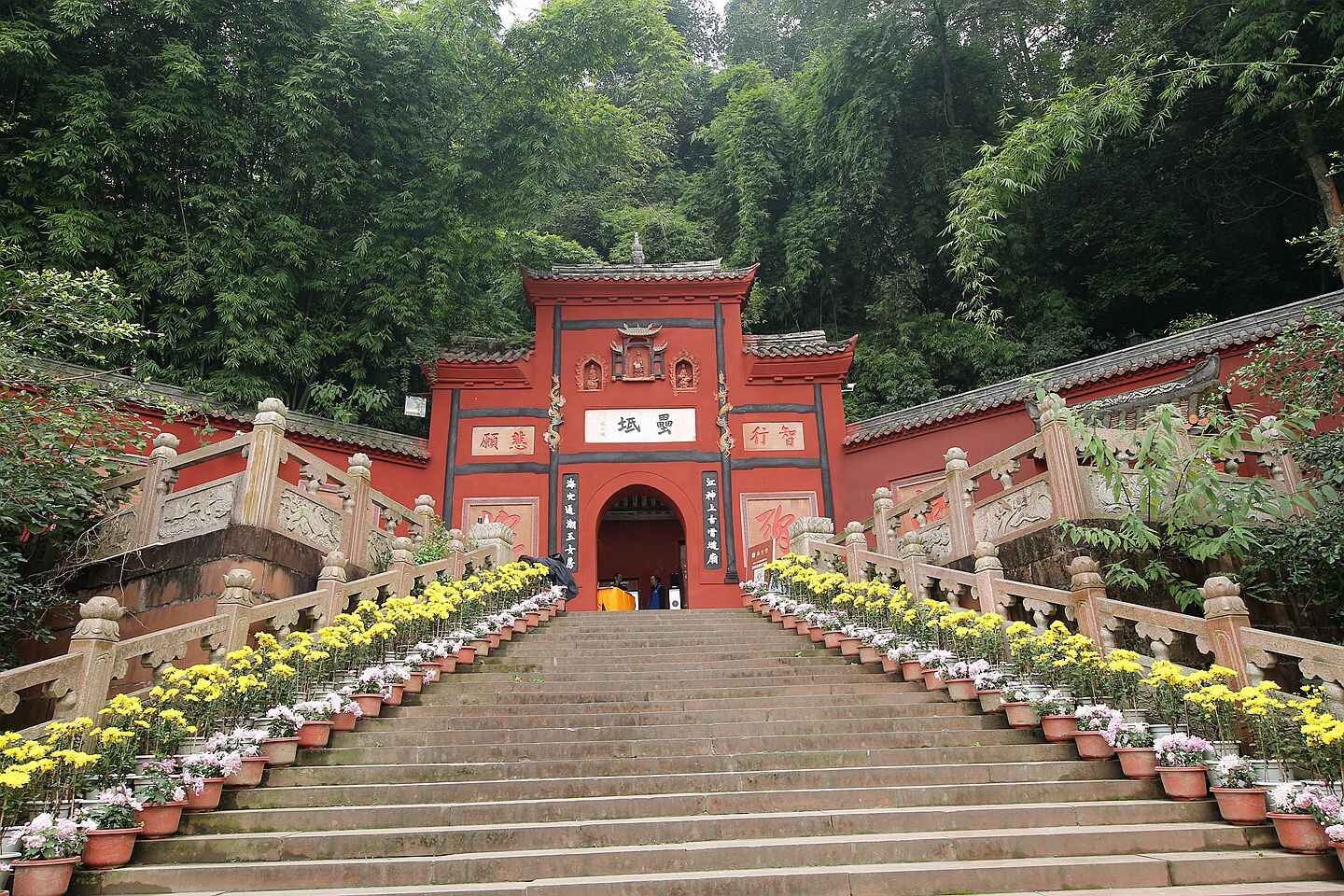
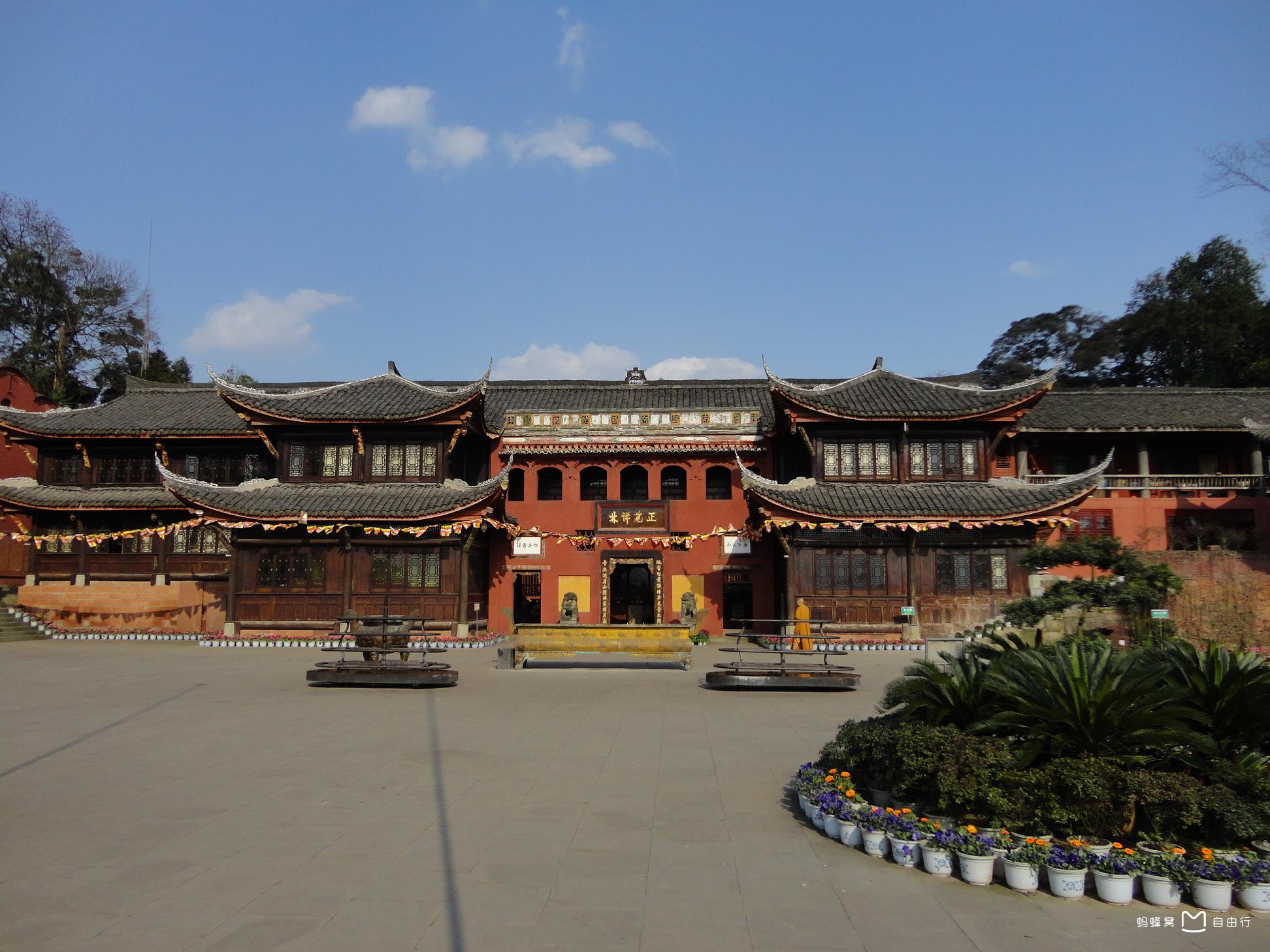
5. Luocheng Ancient Town
Luocheng Ancient Town, established during the Ming Dynasty, is known for its unique boat-shaped layout. The town’s architecture and streets reflect traditional Sichuan styles, offering a glimpse into the region’s history.
Features: The town’s main street, shaped like a boat’s deck, is lined with well-preserved buildings, shops, and teahouses. The local cuisine, including Luocheng’s famous tofu, is a highlight.
Travel Tips:
- Explore on foot to appreciate the architecture.
- Try local snacks and dishes.
- Visit during weekdays to avoid crowds.
Transportation: From Leshan city, take a bus or taxi to Luocheng Ancient Town.
6. Black Bamboo Valley (Heizhugou)
Black Bamboo Valley, also known as Heizhugou, is a national forest park known for its dense bamboo forests, waterfalls, and diverse wildlife. The valley offers a tranquil escape into nature.
Features: The park’s highlights include the Black Bamboo Sea, various hiking trails, and scenic spots like the Dragon Pool and Fairy Bridge. The area is also home to rare species like the giant panda.
Travel Tips:
- Ideal for hiking and nature photography.
- Bring insect repellent and water.
- Best visited in spring and autumn.
Transportation: From Leshan city, take a bus to Ebian County, then a local bus or taxi to the park entrance.
7. Guo Moruo’s Former Residence
The former residence of Guo Moruo, a renowned Chinese writer and historian, is located in Shawan District. The residence offers insights into his life and contributions to Chinese literature and culture.
Features: The well-preserved house includes personal artifacts, manuscripts, and exhibits detailing Guo Moruo’s achievements. The surrounding gardens add to the site’s charm.
Travel Tips:
- Allocate 1-2 hours for the visit.
- Photography is allowed in most areas.
- Combine with a visit to nearby attractions.
Transportation: From Leshan city, take a bus or taxi to Shawan District.
8. Jinkou Grand Canyon
Jinkou Grand Canyon, part of the Dadu River Canyon, is known for its dramatic landscapes and steep cliffs. The canyon stretches for 26 kilometers, offering breathtaking views and adventure opportunities.
Features: The canyon’s highlights include the One Line Sky, a narrow gorge with towering cliffs, and various hiking trails. The area’s natural beauty is complemented by its geological formations.
Travel Tips:
- Suitable for experienced hikers.
- Wear sturdy hiking shoes and bring water.
- Avoid visiting during rainy seasons.
Transportation: From Leshan city, take a bus to Jinkouhe District, then a local bus or taxi to the canyon entrance.
9. Ebian Yi Autonomous County
Ebian Yi Autonomous County is home to the Yi ethnic group, offering a rich cultural experience. The county’s landscapes include mountains, rivers, and traditional Yi villages.
Features: Visitors can explore Yi culture through local festivals, traditional dances, and crafts. The natural scenery, including the Ebian River and surrounding mountains, adds to the appeal.
Travel Tips:
- Visit during Yi festivals for a cultural experience.
- Respect local customs and traditions.
- Bring a camera for scenic photography.
Transportation: From Leshan city, take a bus to Ebian County.
10. Muchuan Bamboo Sea
Muchuan Bamboo Sea is a vast bamboo forest covering over 100,000 acres. The area is known for its fresh air, scenic beauty, and tranquil environment, making it a perfect getaway.
Features: The Bamboo Sea offers various trails, viewpoints, and picnic spots. The area is also rich in wildlife and has several historical sites, including ancient temples.
Travel Tips:
- Ideal for a day trip.
- Wear comfortable walking shoes.
- Bring a picnic to enjoy in the scenic surroundings.
Transportation: From Leshan city, take a bus to Muchuan County, then a local bus or taxi to the Bamboo Sea.
These ten destinations in Leshan offer a mix of cultural, historical, and natural attractions, ensuring a memorable visit.
